Daniel E. Krutz
Addressing Tactic Volatility in Self-Adaptive Systems Using Evolved Recurrent Neural Networks and Uncertainty Reduction Tactics
Apr 21, 2022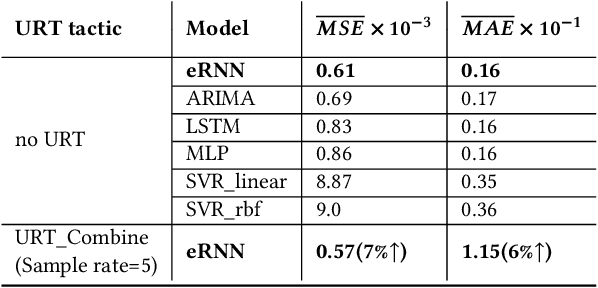
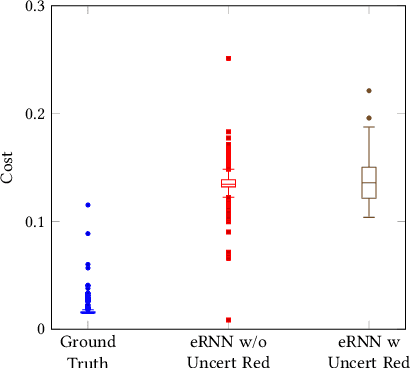
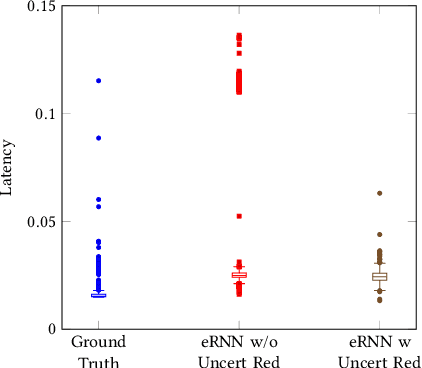
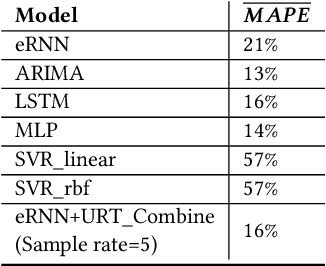
Abstract:Self-adaptive systems frequently use tactics to perform adaptations. Tactic examples include the implementation of additional security measures when an intrusion is detected, or activating a cooling mechanism when temperature thresholds are surpassed. Tactic volatility occurs in real-world systems and is defined as variable behavior in the attributes of a tactic, such as its latency or cost. A system's inability to effectively account for tactic volatility adversely impacts its efficiency and resiliency against the dynamics of real-world environments. To enable systems' efficiency against tactic volatility, we propose a Tactic Volatility Aware (TVA-E) process utilizing evolved Recurrent Neural Networks (eRNN) to provide accurate tactic predictions. TVA-E is also the first known process to take advantage of uncertainty reduction tactics to provide additional information to the decision-making process and reduce uncertainty. TVA-E easily integrates into popular adaptation processes enabling it to immediately benefit a large number of existing self-adaptive systems. Simulations using 52,106 tactic records demonstrate that: I) eRNN is an effective prediction mechanism, II) TVA-E represents an improvement over existing state-of-the-art processes in accounting for tactic volatility, and III) Uncertainty reduction tactics are beneficial in accounting for tactic volatility. The developed dataset and tool can be found at https://tacticvolatility.github.io/
Uncertainty-Aware Multiple Instance Learning from Large-Scale Long Time Series Data
Nov 21, 2021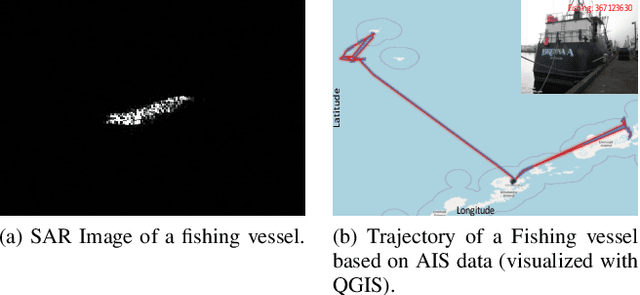
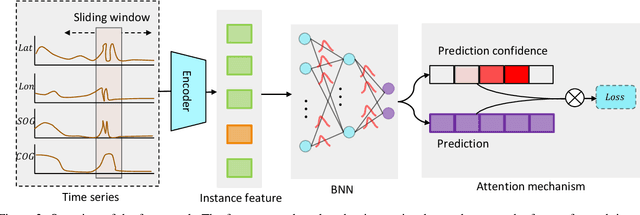
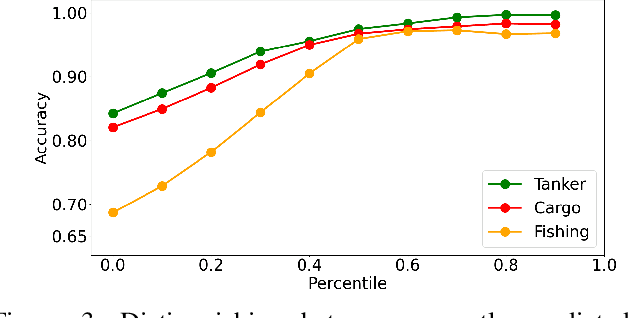
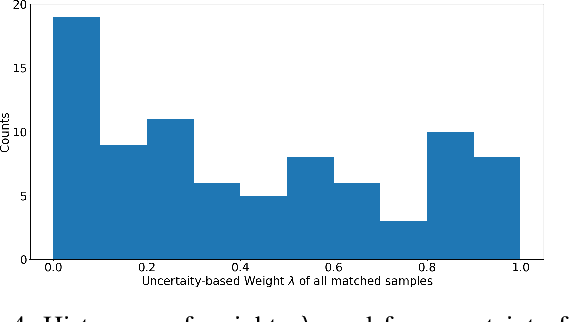
Abstract:We propose a novel framework to classify large-scale time series data with long duration. Long time seriesclassification (L-TSC) is a challenging problem because the dataoften contains a large amount of irrelevant information to theclassification target. The irrelevant period degrades the classifica-tion performance while the relevance is unknown to the system.This paper proposes an uncertainty-aware multiple instancelearning (MIL) framework to identify the most relevant periodautomatically. The predictive uncertainty enables designing anattention mechanism that forces the MIL model to learn from thepossibly discriminant period. Moreover, the predicted uncertaintyyields a principled estimator to identify whether a prediction istrustworthy or not. We further incorporate another modality toaccommodate unreliable predictions by training a separate modelbased on its availability and conduct uncertainty aware fusion toproduce the final prediction. Systematic evaluation is conductedon the Automatic Identification System (AIS) data, which is col-lected to identify and track real-world vessels. Empirical resultsdemonstrate that the proposed method can effectively detect thetypes of vessels based on the trajectory and the uncertainty-awarefusion with other available data modality (Synthetic-ApertureRadar or SAR imagery is used in our experiments) can furtherimprove the detection accuracy.
Improving the Decision-Making Process of Self-Adaptive Systems by Accounting for Tactic Volatility
Apr 23, 2020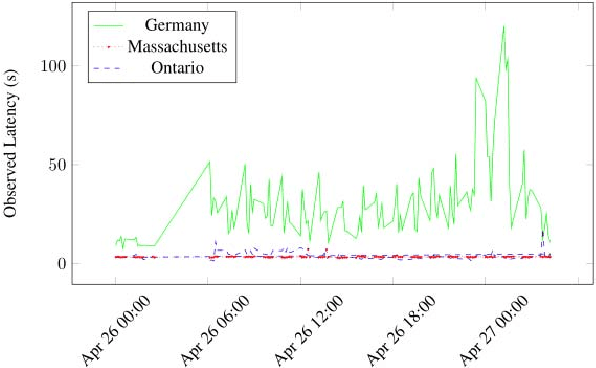
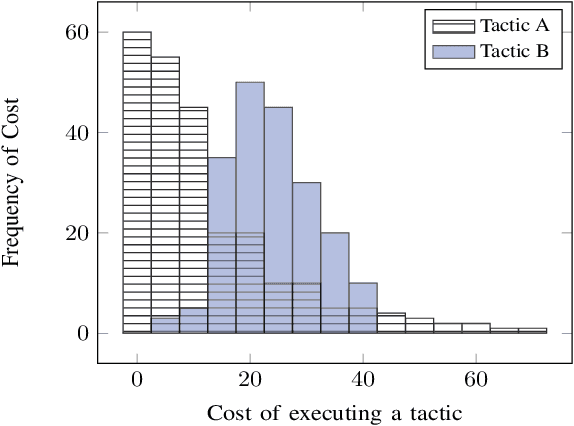
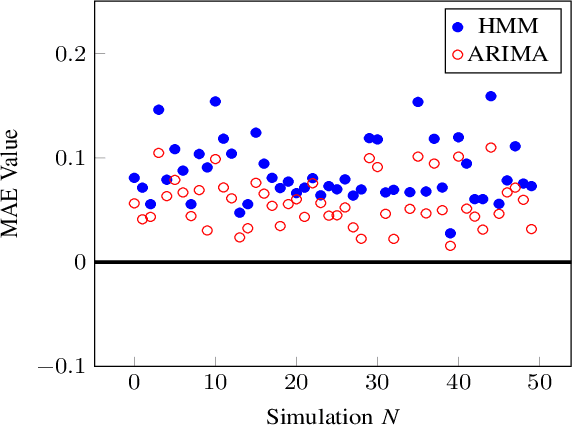
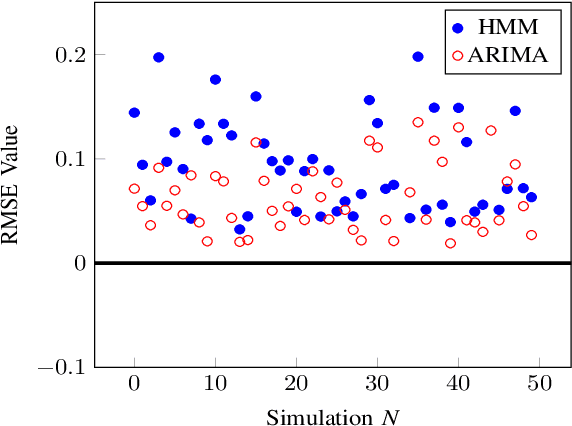
Abstract:When self-adaptive systems encounter changes within their surrounding environments, they enact tactics to perform necessary adaptations. For example, a self-adaptive cloud-based system may have a tactic that initiates additional computing resources when response time thresholds are surpassed, or there may be a tactic to activate a specific security measure when an intrusion is detected. In real-world environments, these tactics frequently experience tactic volatility which is variable behavior during the execution of the tactic. Unfortunately, current self-adaptive approaches do not account for tactic volatility in their decision-making processes, and merely assume that tactics do not experience volatility. This limitation creates uncertainty in the decision-making process and may adversely impact the system's ability to effectively and efficiently adapt. Additionally, many processes do not properly account for volatility that may effect the system's Service Level Agreement (SLA). This can limit the system's ability to act proactively, especially when utilizing tactics that contain latency. To address the challenge of sufficiently accounting for tactic volatility, we propose a Tactic Volatility Aware (TVA) solution. Using Multiple Regression Analysis (MRA), TVA enables self-adaptive systems to accurately estimate the cost and time required to execute tactics. TVA also utilizes Autoregressive Integrated Moving Average (ARIMA) for time series forecasting, allowing the system to proactively maintain specifications.
 Add to Chrome
Add to Chrome Add to Firefox
Add to Firefox Add to Edge
Add to Edge